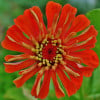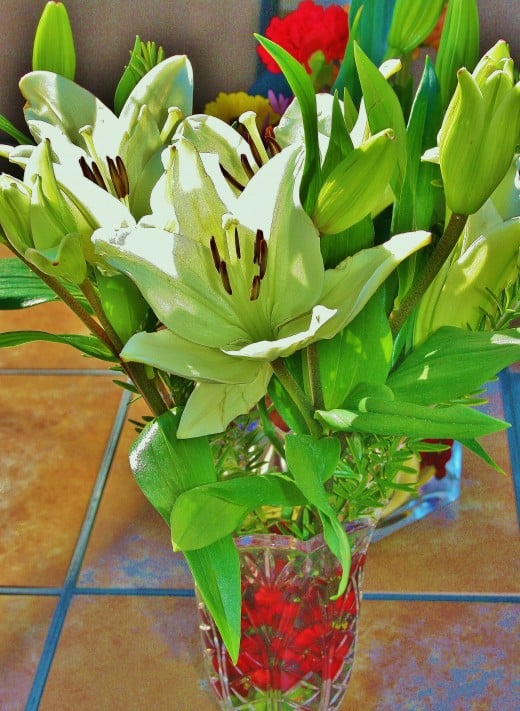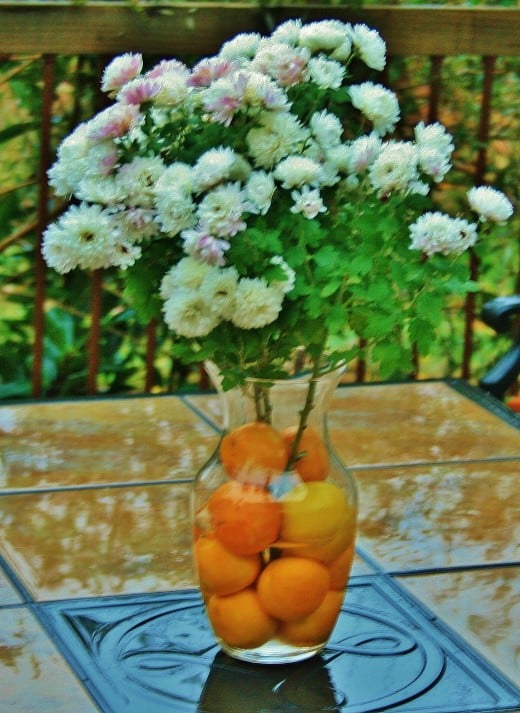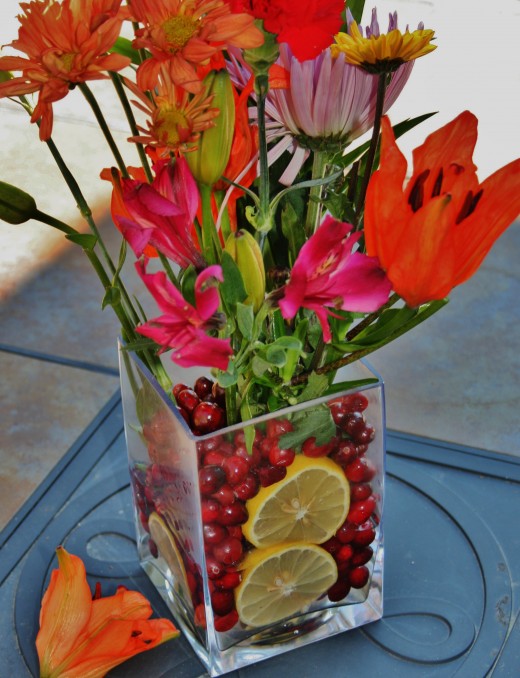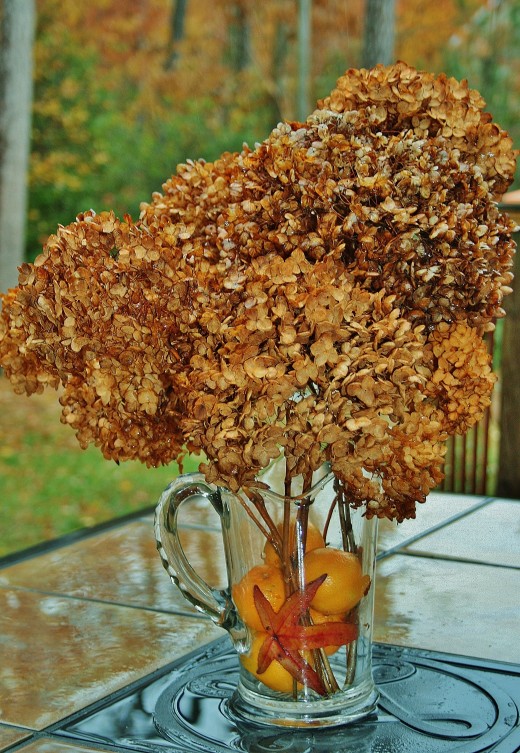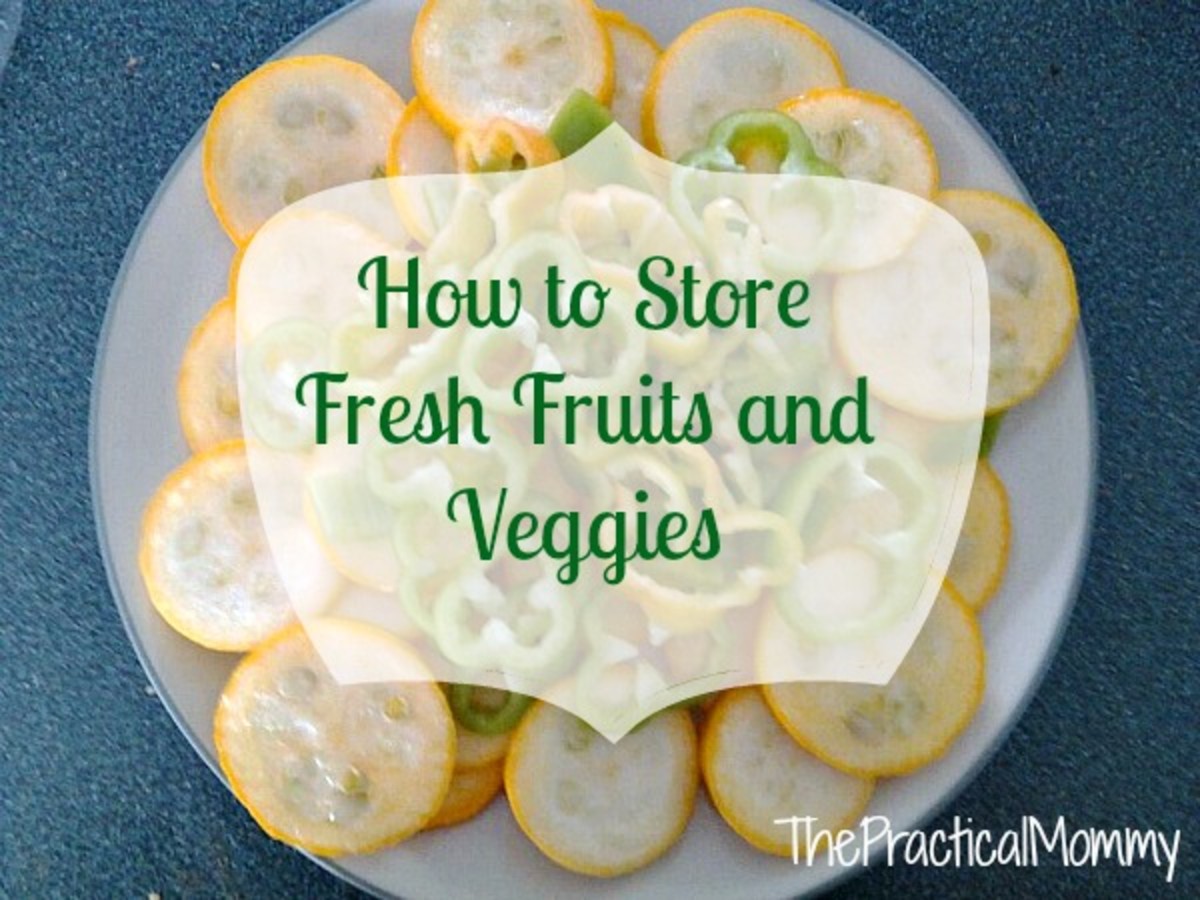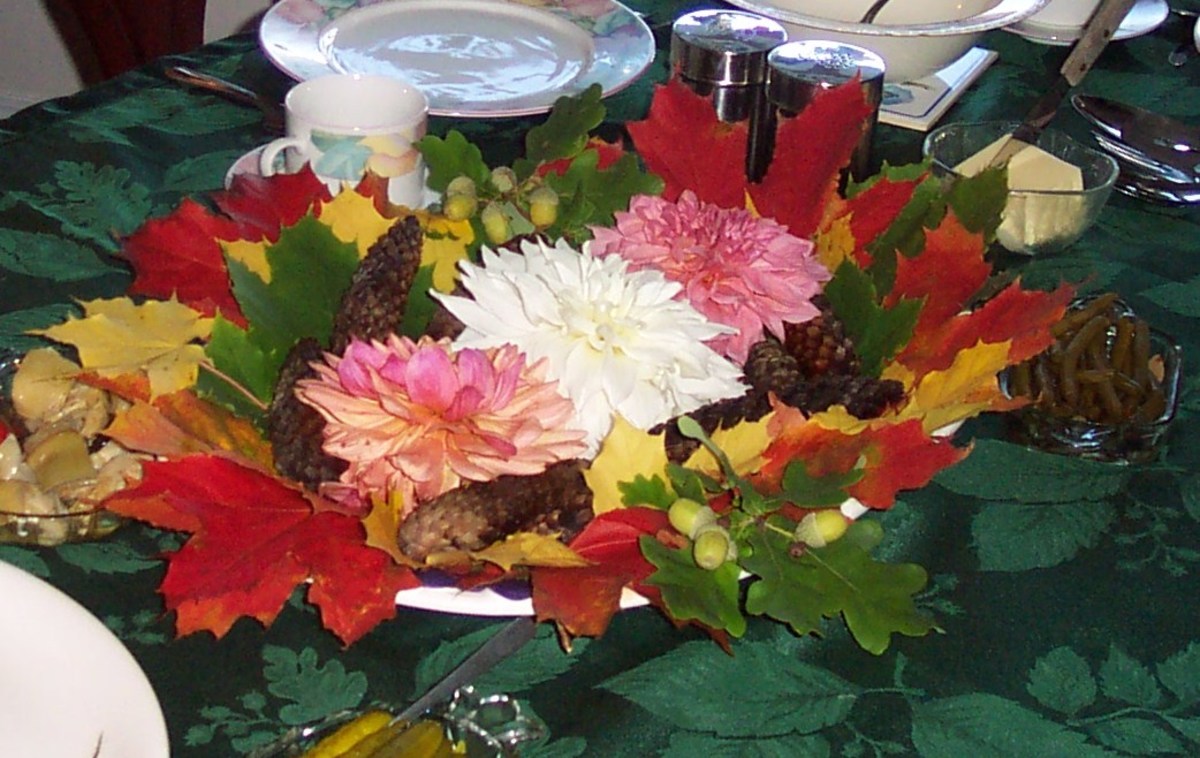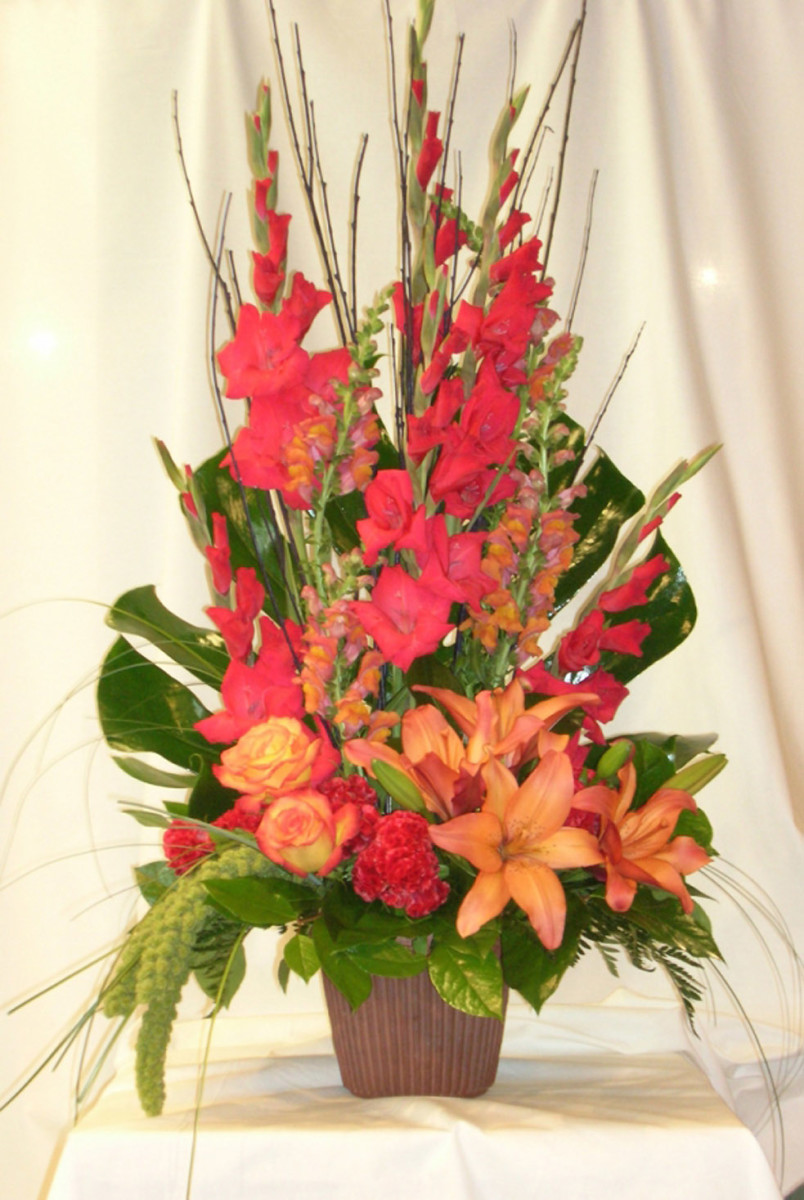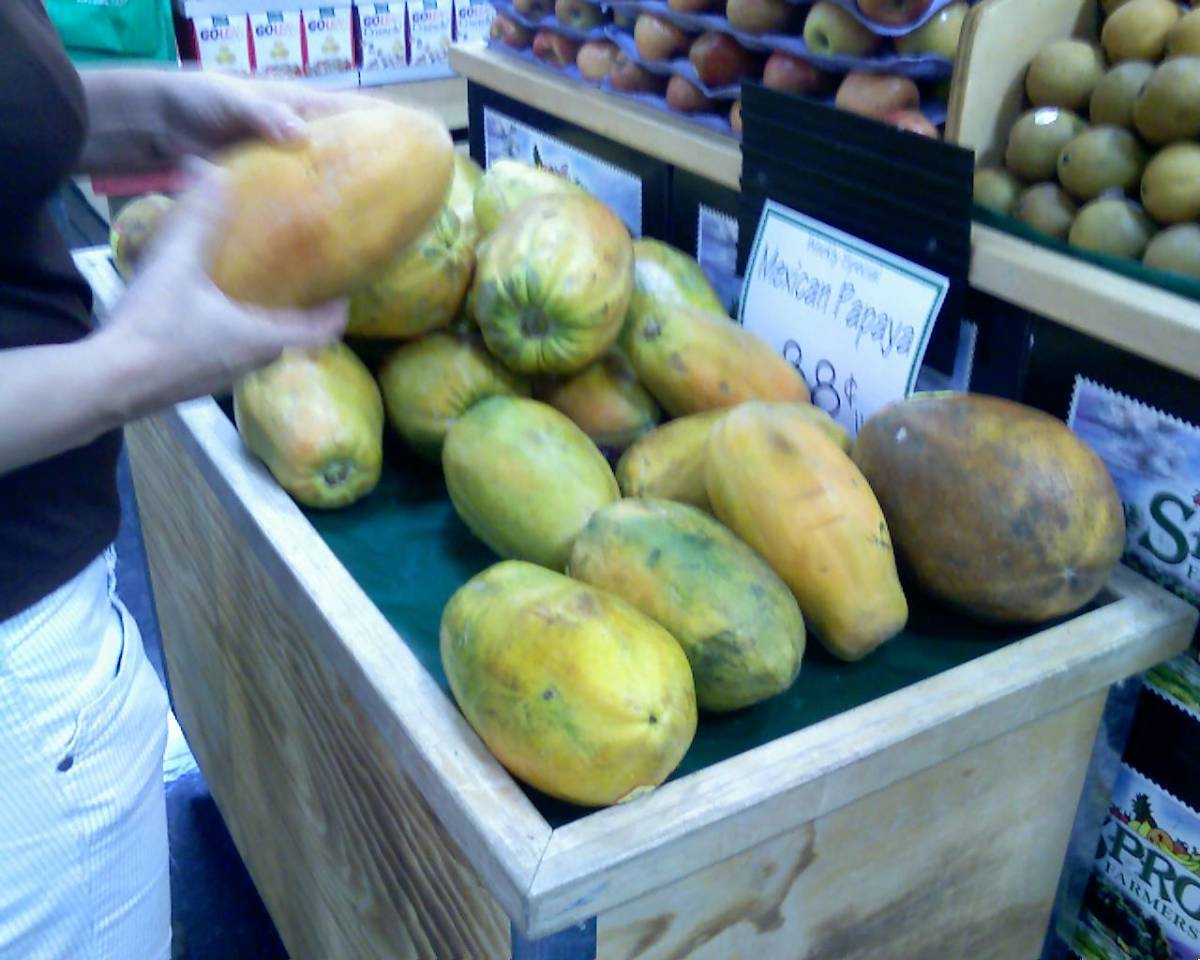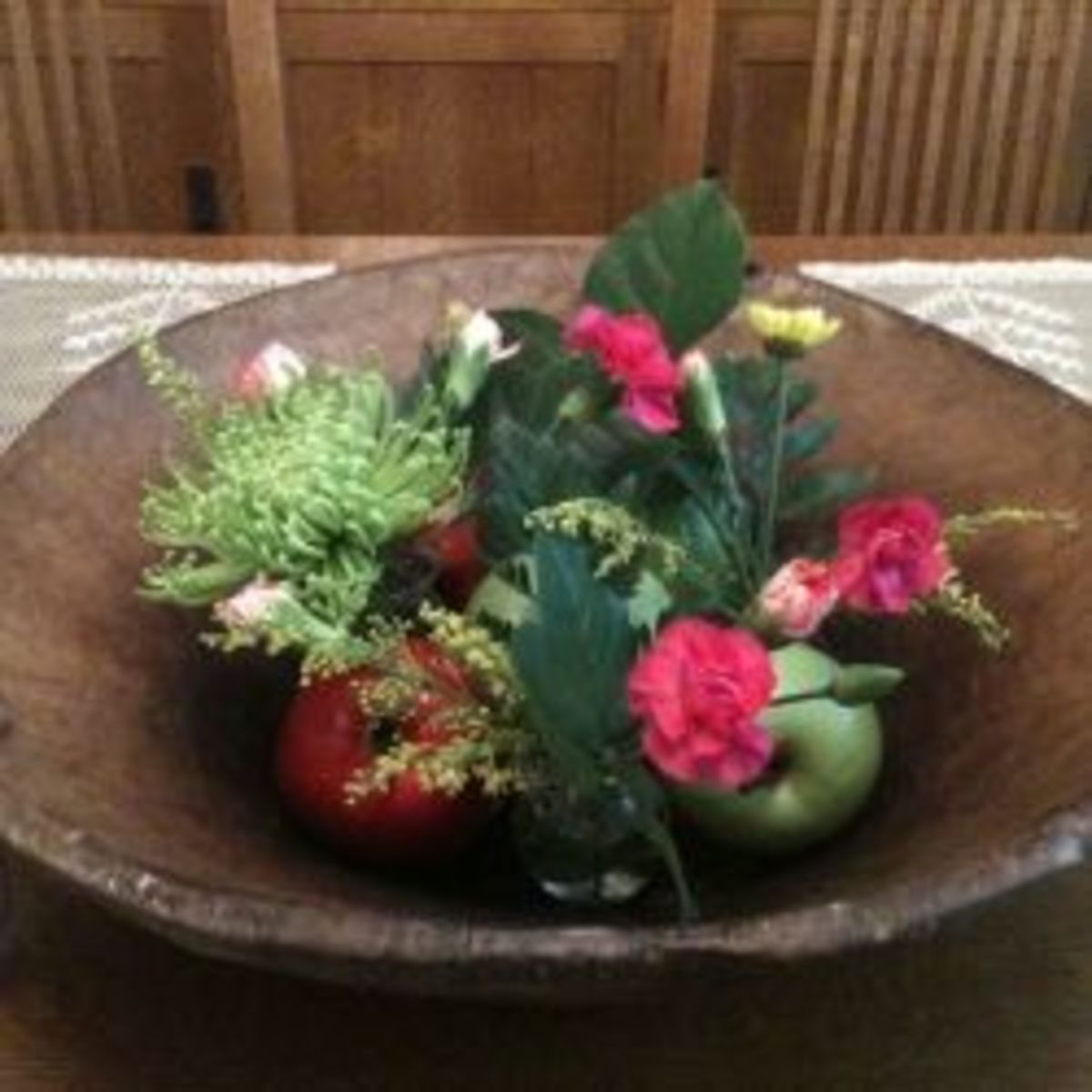Fruity Table Decorations
Fresh fruit—a pretty addition to flowers in centerpieces and other tabletop decor.
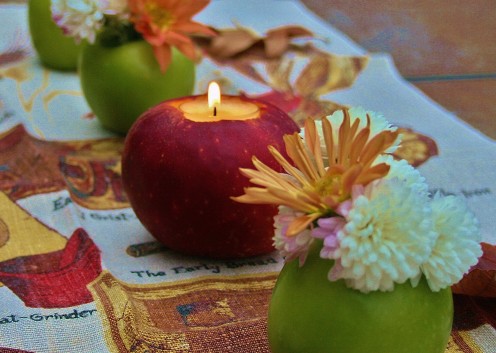
FRESH FRUIT IN FLOWER ARRANGEMENTS
Add charm and whimsy to tabletop arrangements with fresh fruits like oranges, lemons, pineapples, grapes, pomegranates, cranberries and apples.




Fruit Mulch
Spread whole kumquats, tangelos, clementines & other small fruits around the base of potted plants as you would gravel or river rocks. Whole fruits make pretty temporary mulches.
Fruits as Flower Holders
In clear vases, small fruits such as blueberries and cranberries, as well as larger fruits like apples, lemons, limes and tangerines, are a colorful way to hold flower stems in place.
For lots of visual interest, use a mix of fresh fruits. Whole, halved or sliced, they'll liven up any floral display.
Arrangements in Fall & Winter
In fall and winter, fresh flowers are often scarce in the home garden. One way around the problem is to mix chrysanthemums, Nippon daisies, pansies, violas, holly, nandina and other cool-season blooms and berries with fresh fruits. Herbs, autumn leaves and dried flowers are also great additions.
Fruit and fresh herbs like lavender and rosemary can also liven up inexpensive store-bought flowers, i.e. those $4 cellophane-wrapped bouquets from the grocery store.
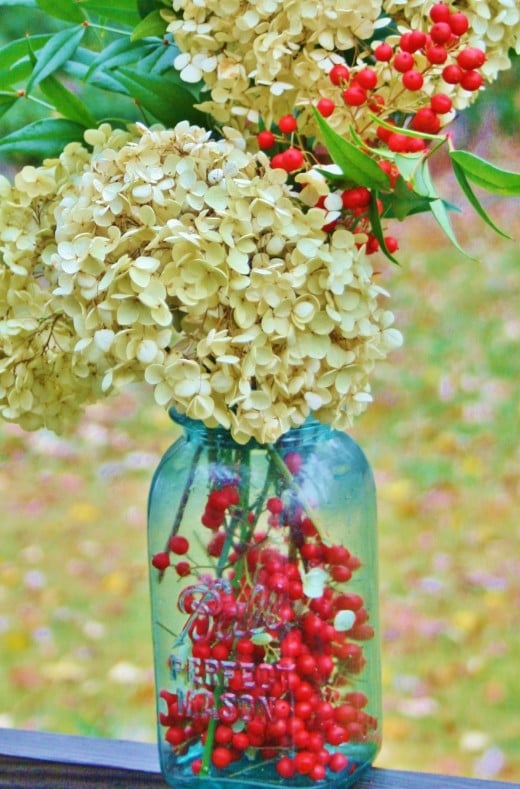
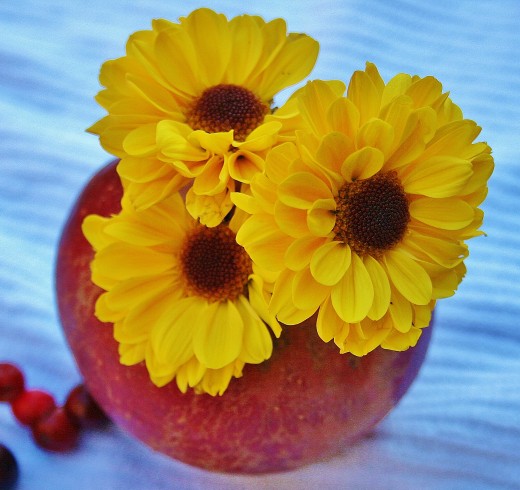
Fruit as Vases & Candleholders
Don't throw away hulled melons or pineapples. Turn them into temporary vases. With a little effort and imagination, cored fruit can be transformed into attractive holders for both fresh and dried flower arrangements.
Small fruits, such as cored apples, also make pretty individual vases and candleholders. Decorate them with flowers, cloves, a sprinkling of sugar, ribbons, glitter, rhinestones or other festive embellishments. They're also pretty plain.
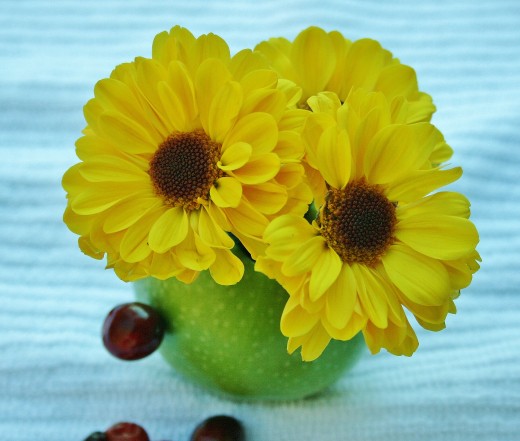
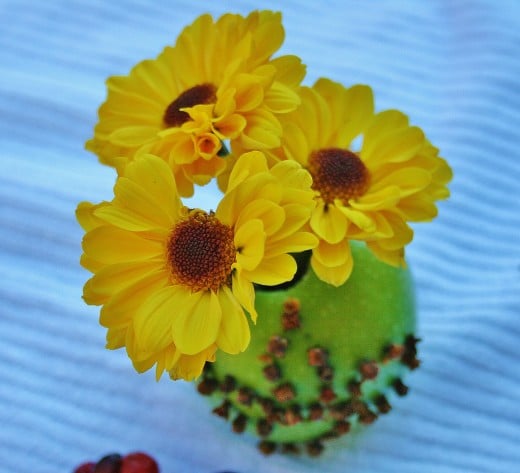
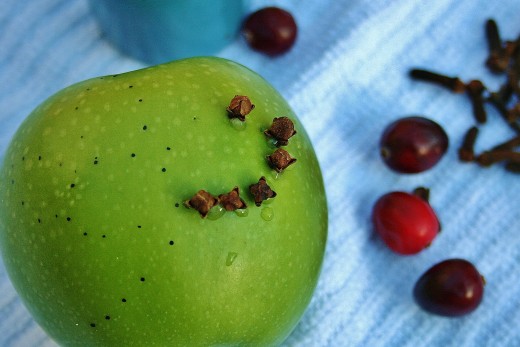
Candied Fruit
To add sparkling elegance to fruits, try candying them. Using a pastry brush or sponge, paint grapes, apples, plums and other small fruits with egg white. Then sprinkle them with superfine sugar or roll them in it, and allow them to dry two to three hours.
Fruit with Clove Accents
Adding whole cloves to fruits is another fun, easy way to embellish them. And clove-studded fruit smells wonderful!
To decorate thick-skinned fruits like oranges and apples with whole cloves, first select a design and trace or draw it onto the fruit. Then prick the pattern onto the fruit by piercing it with a toothpick, a needle or the tines of a fork. Piercing the skin makes inserting the cloves easier, and the clove stems will be less likely to break.
Once you've pierced the fruit skin, insert the whole cloves one by one into the holes.
For a longer lasting display ...
-
Select fruit that's under-ripe.
-
Avoid using cut, bruised or otherwise damaged fruit.
-
Select fruits with thick rinds. Fresh, whole lemons & navel oranges, for instance, tend to last longer than fresh grapes & plums.
-
Use distilled water.
-
Swabbing, spraying or rinsing fruit used as vases & candleholders with a 5 % bleach solution can also make it last a little longer.
Using Fruit in Arrangements
Fruit for Flowers
One of the easiest ways to add fruit to centerpieces is simply to use it in place of flowers. In most cases, sprays of berries and other fruits will last longer than flowers. And they can be just as beautiful.
To add fruit to an arrangement, spear it onto wooden skewers cut to size. Then wrap the skewers with green floral tape.
With their bright skins, lemons can be as cheerful as daisies, and the deep red of a pomegranate as lushly beautiful as a dusky full-blown rose. Rather than lilies in a floral bouquet, substitute tangerines or small Granny Smith apples. Rather than a spotty orchid bloom, why not a carmine Red Delicious?
Adding Fresh Blueberries to a Bouquet
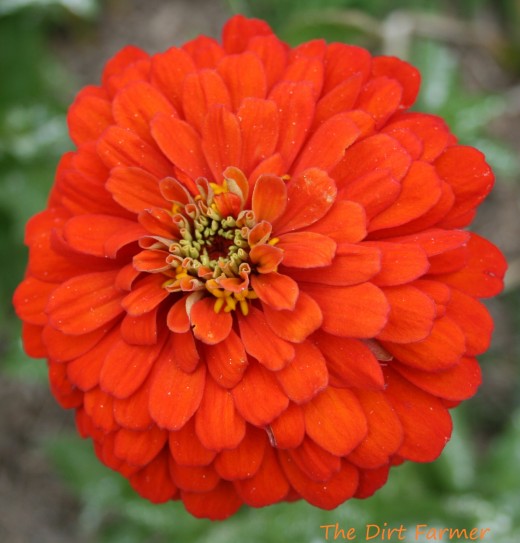
About the Author
The Dirt Farmer has been an active gardener for over 30 years.
She first began gardening as a child alongside her grandfather on her parents' farm. T
Today, The Dirt Farmer gardens at home, volunteers at community gardens and continues to learn about gardening through the MD Master Gardener program.
© 2012 Jill Spencer
